- Home
- Destinations
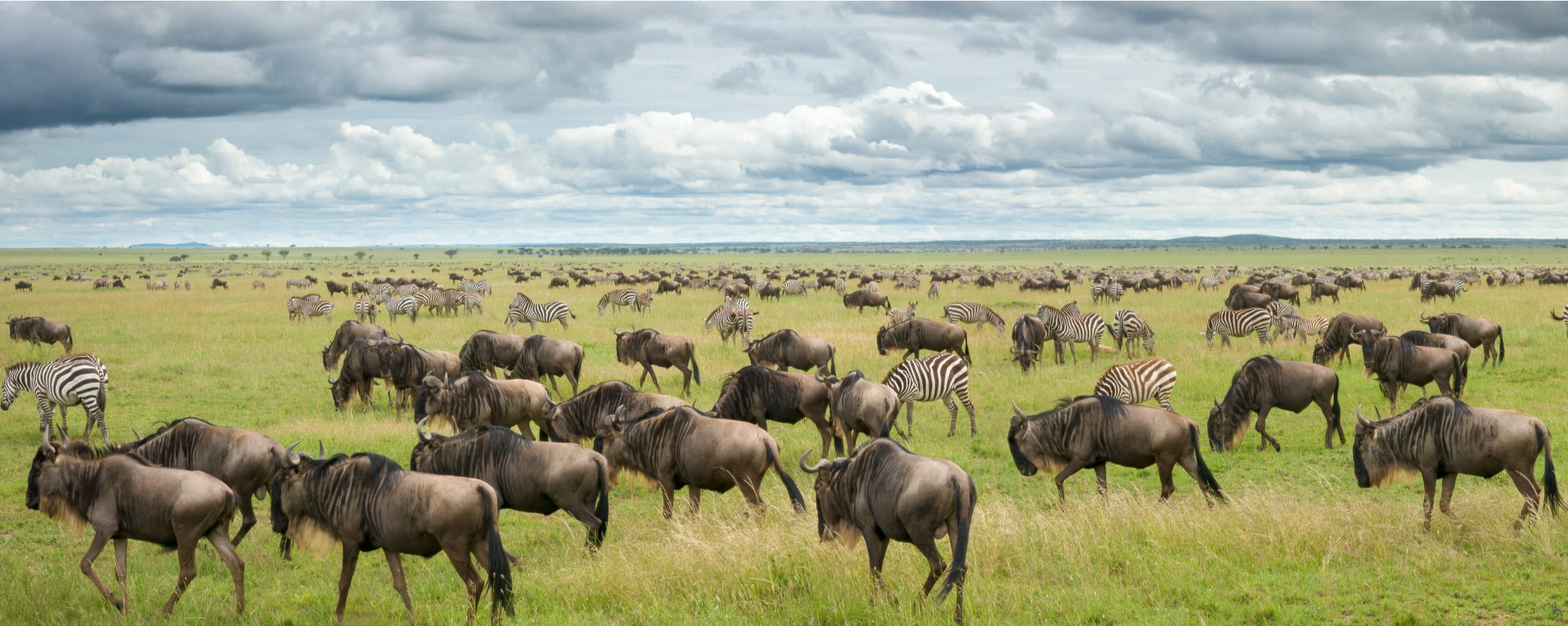
Serengeti National Park
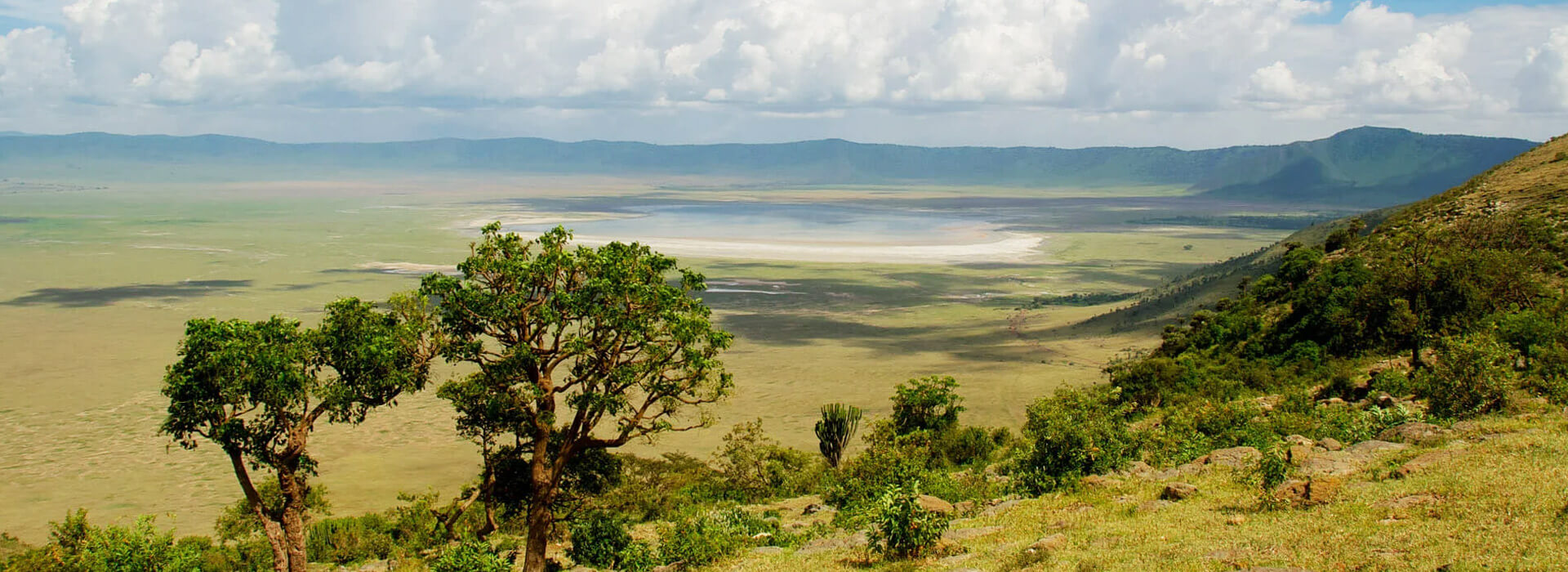
Ngorongoro Crater
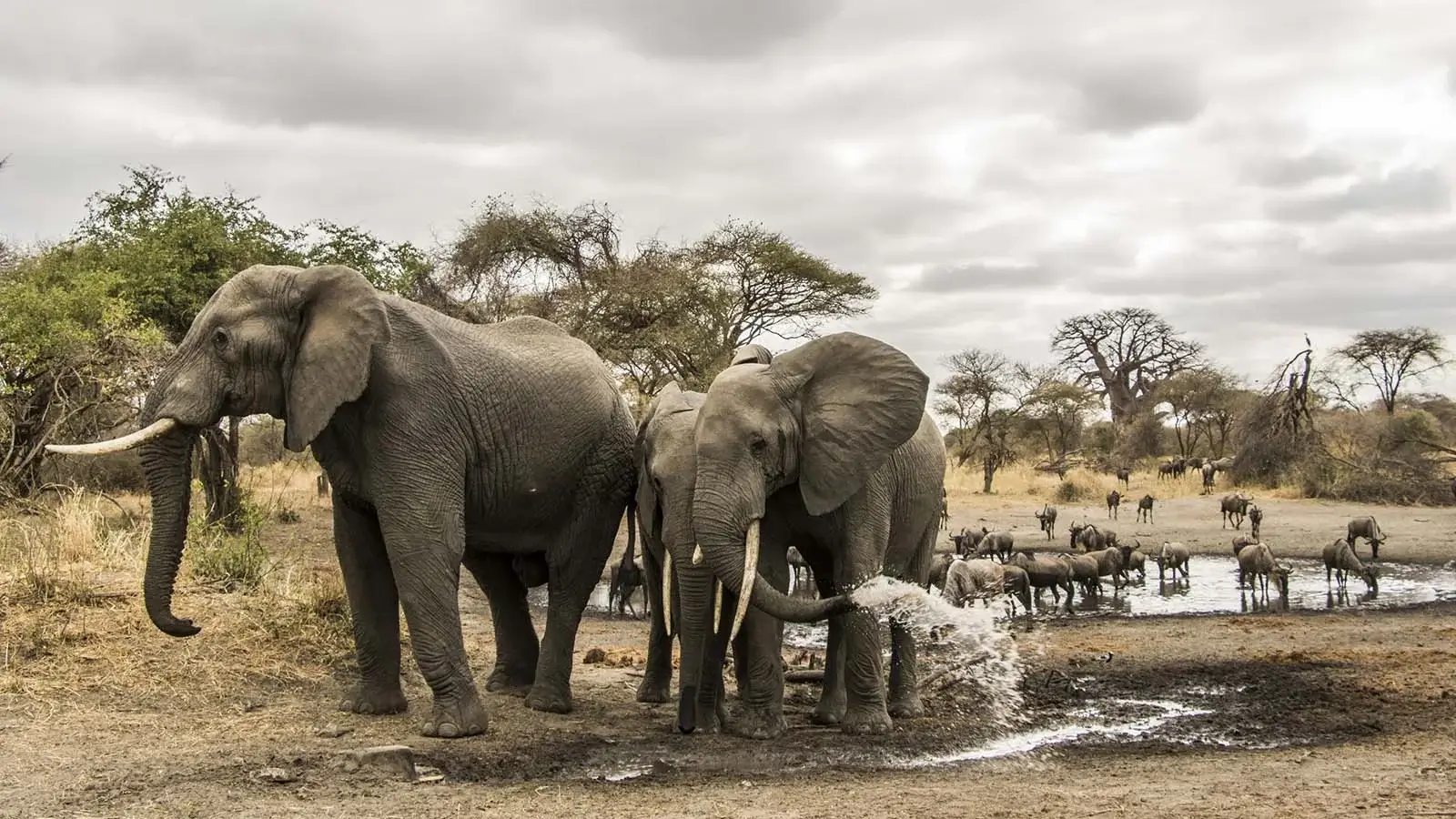
Tarangire National Park
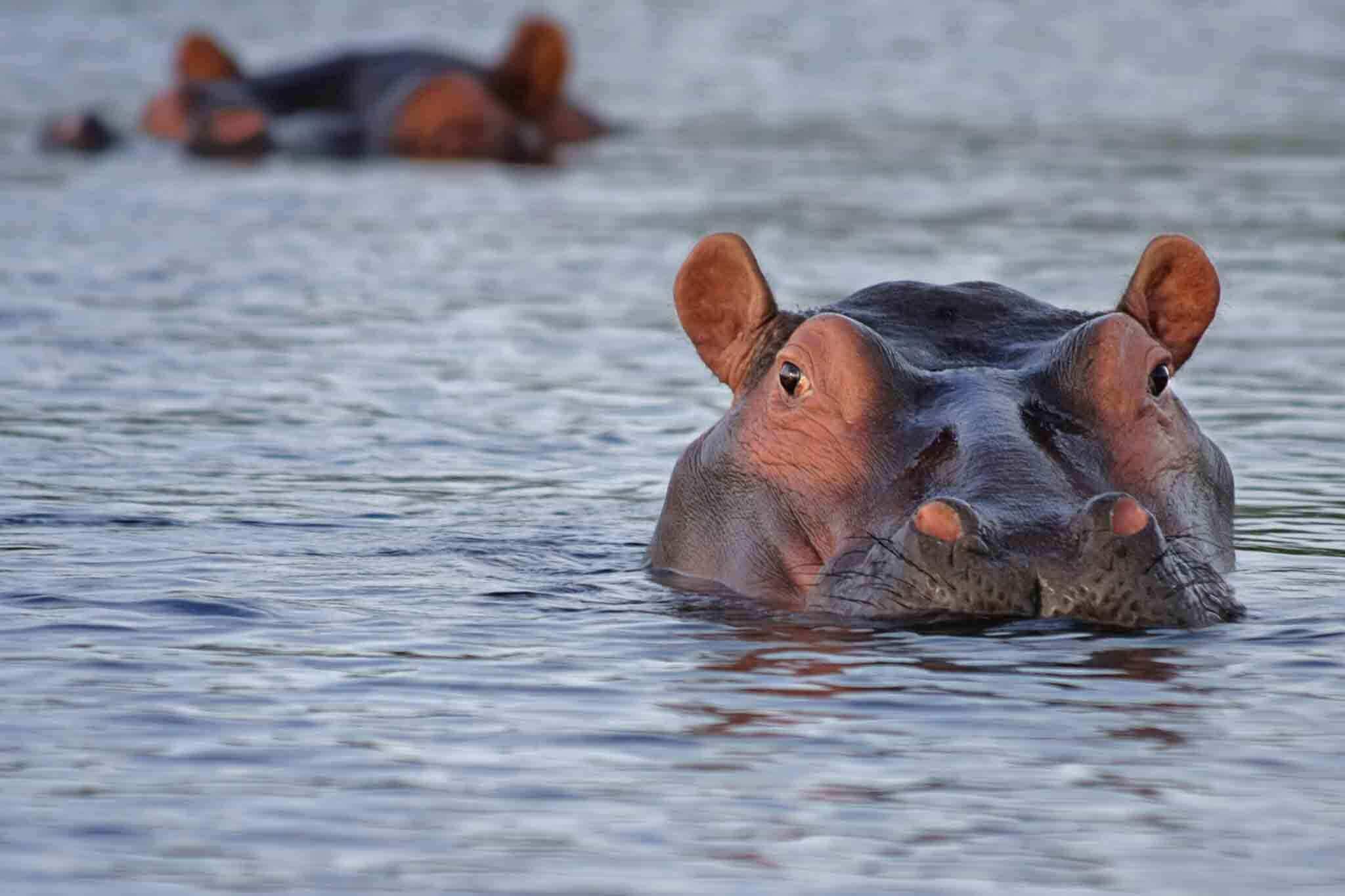
Lake Manyara National Park
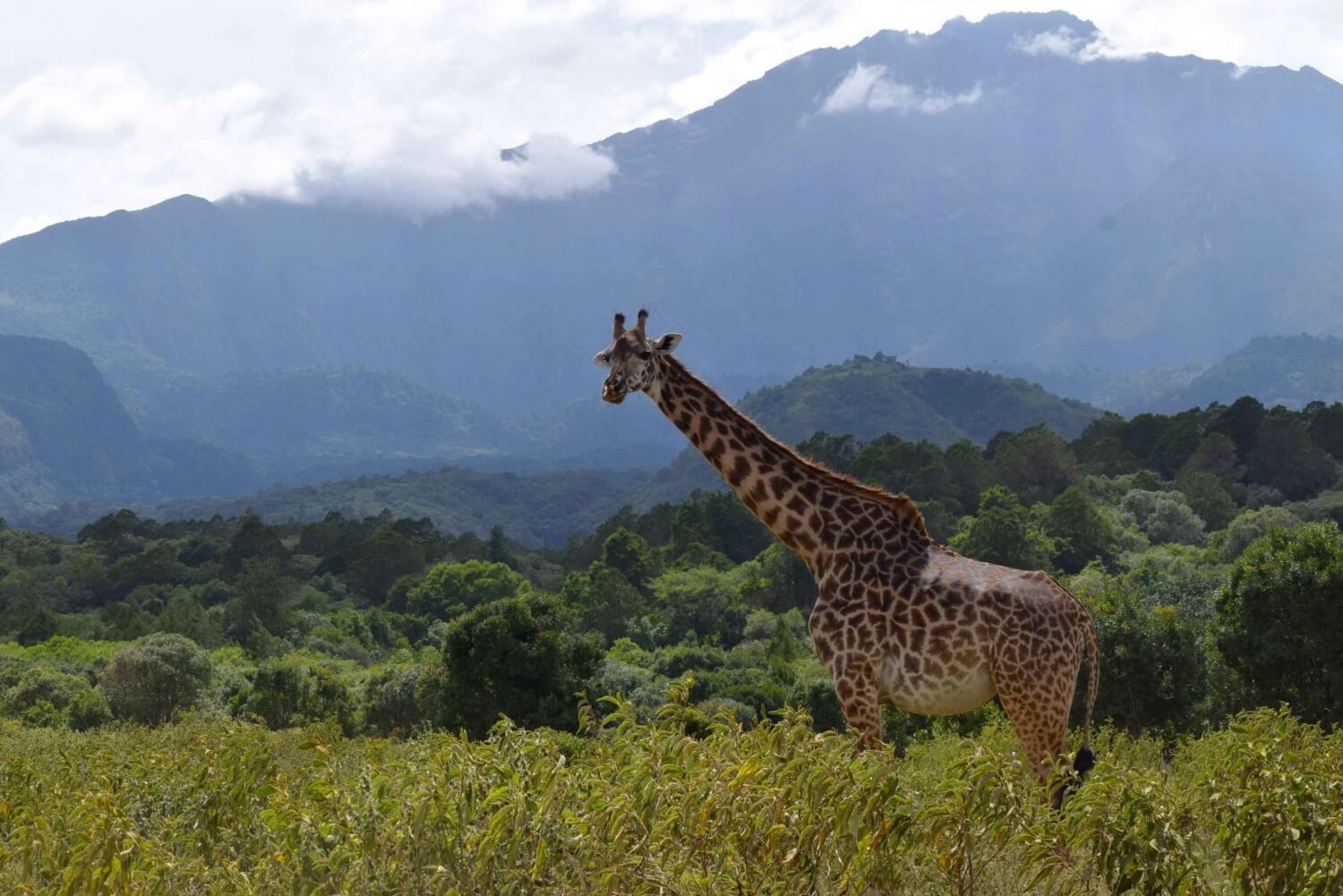
Arusha National Park

Zanzibar Island
- Safaris

3 Days Serengeti and Lake Manyara

5 Days Wildlife Tanzania Safari
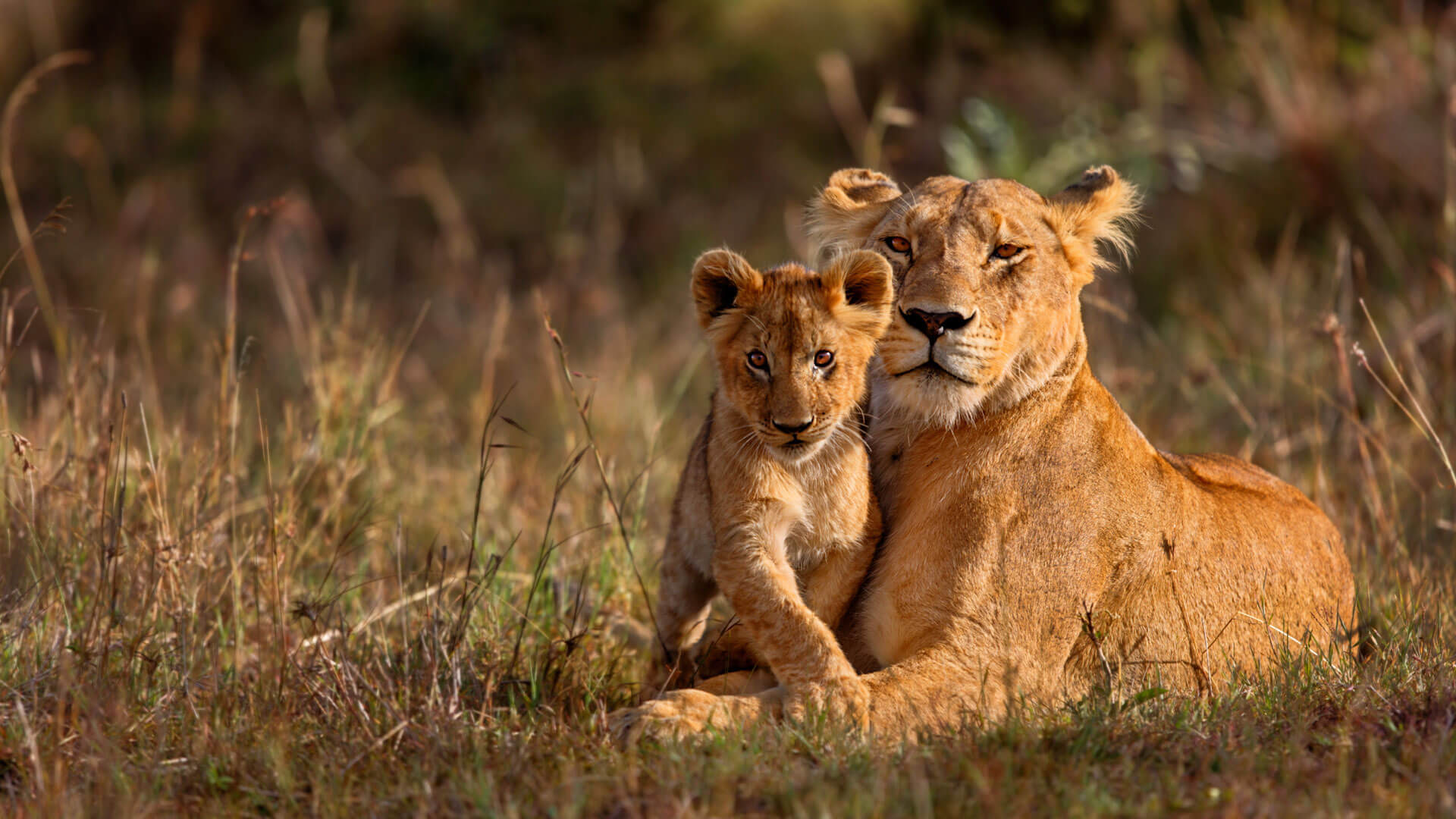
6 Days Tanzania
Safaris
12 Days Tanzania Safaris & Migration
- Trekking

Mountain Kilimanjaro
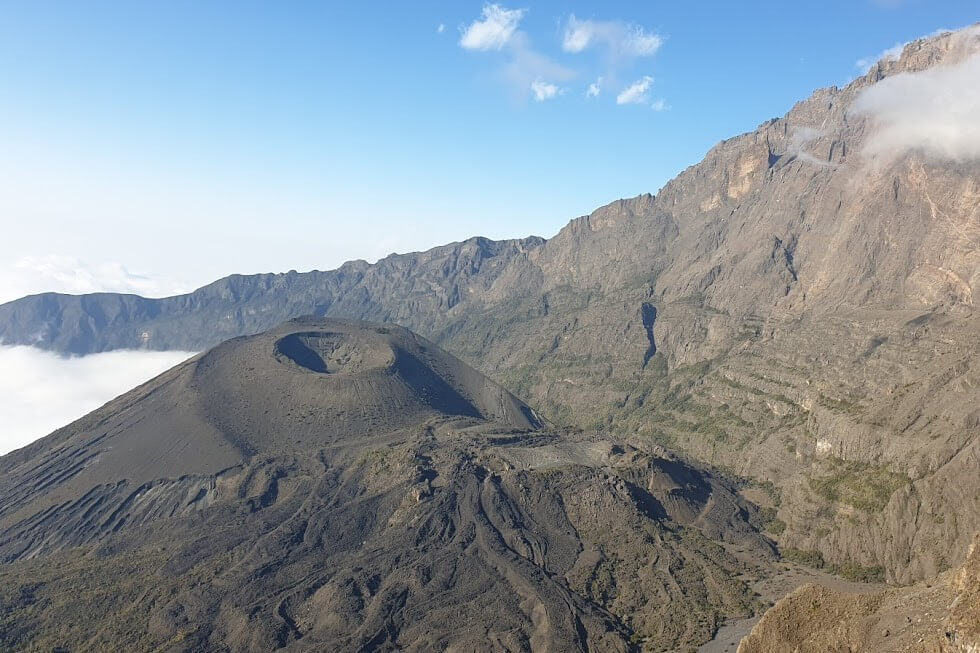
Mount Meru
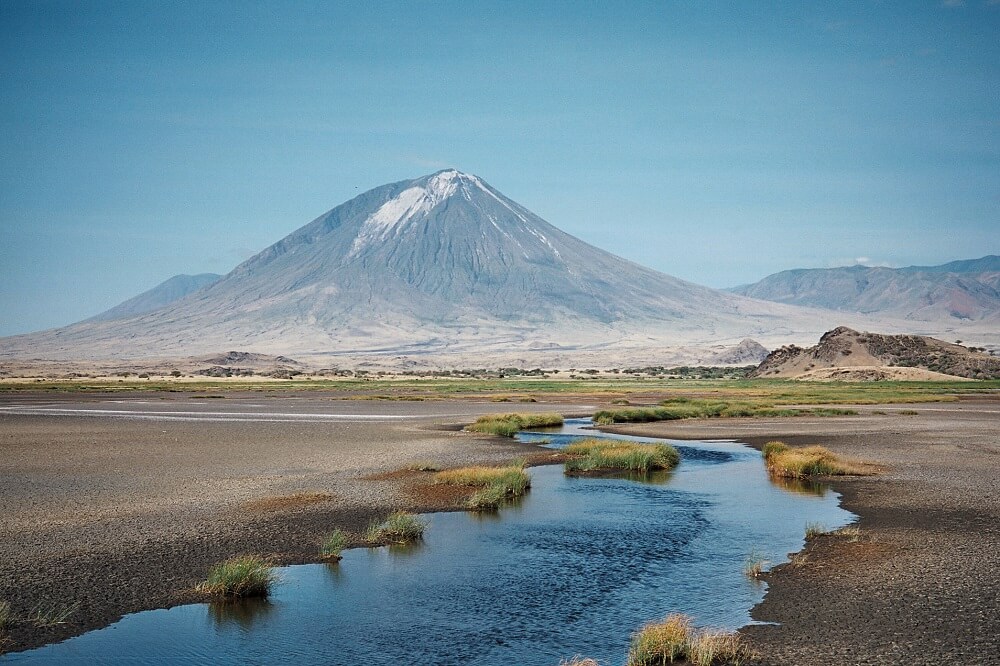
Oldonyo Lengai

Udzungwa Mountain
- Cultural Tours
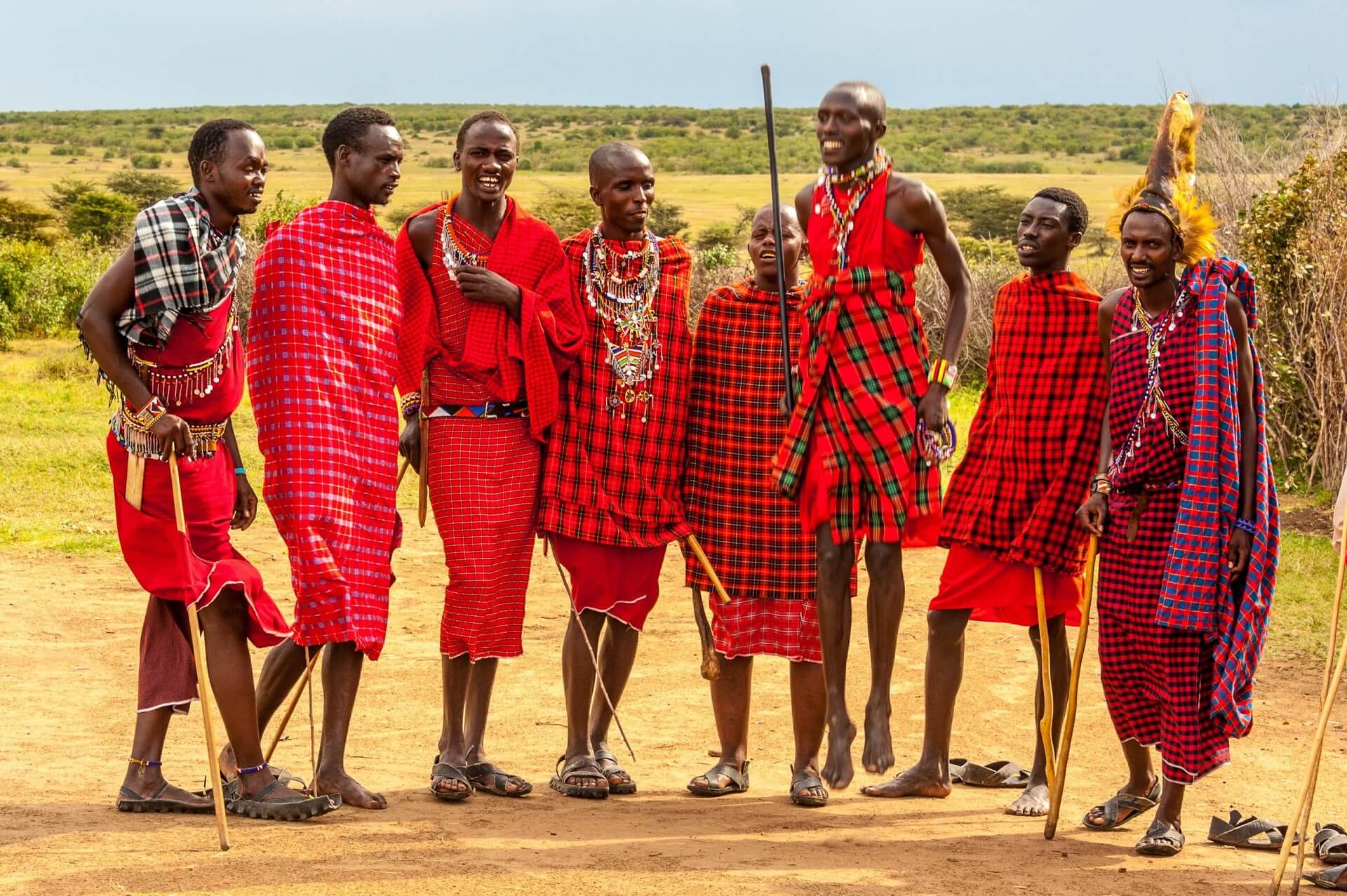
Maasai Tribe

Hadzabe Tribe
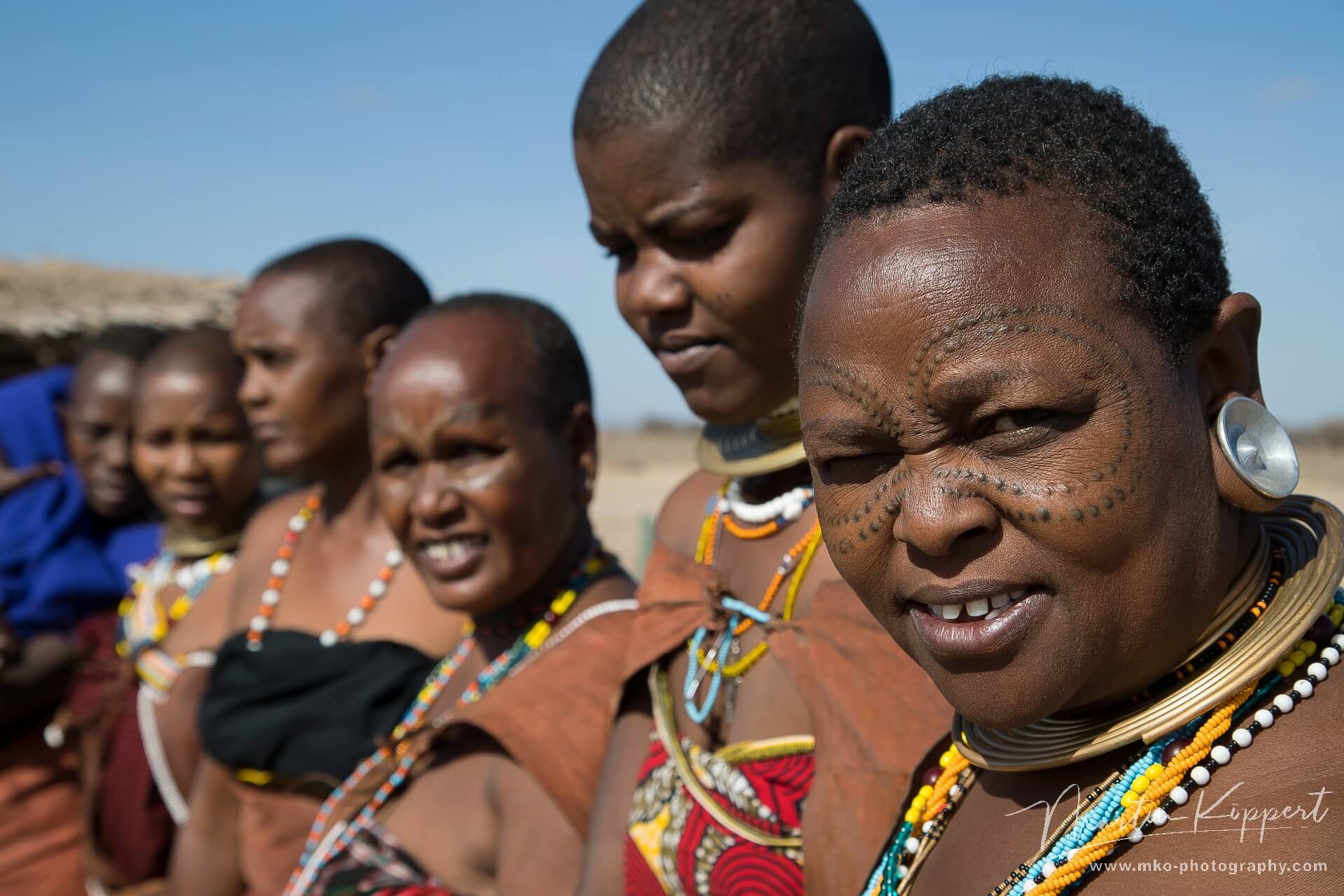
Datoga Tribe

Blacksmith
- Activities
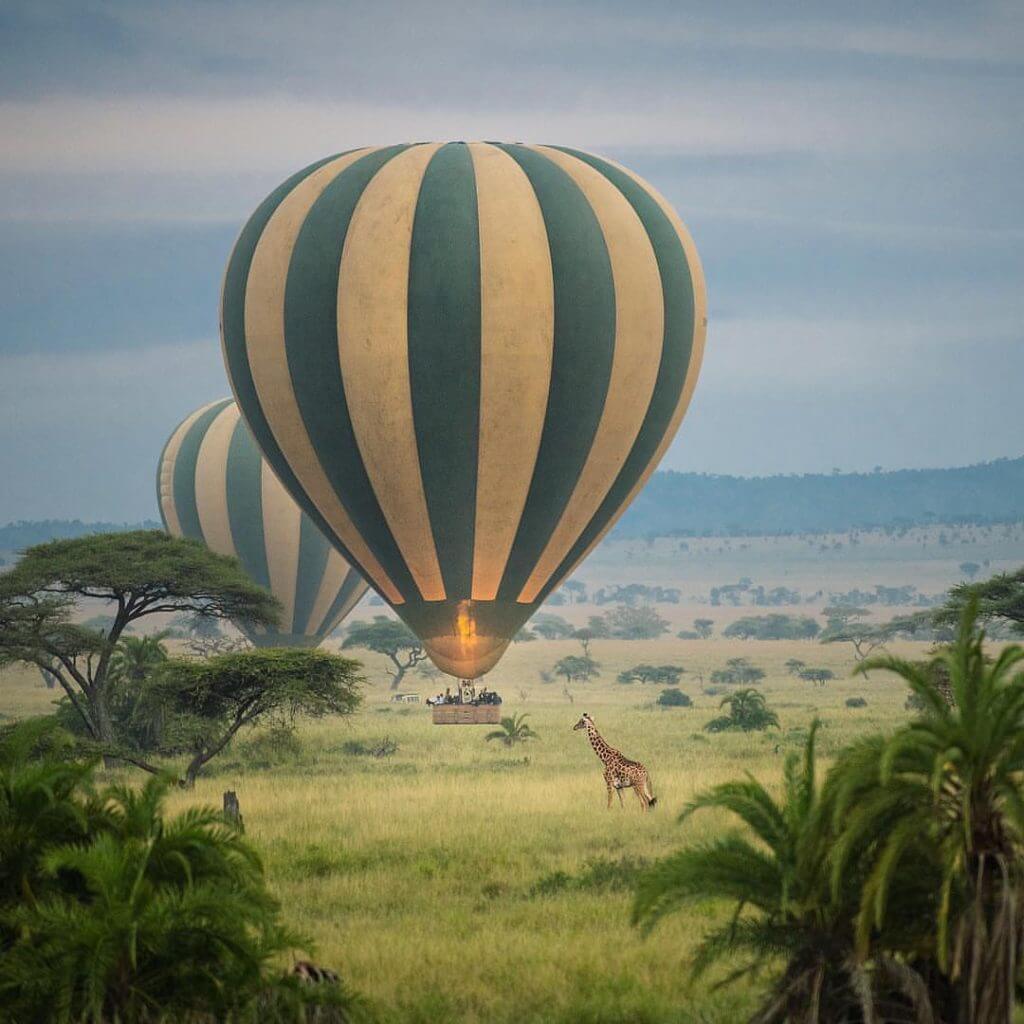
Balloon Safari

Walking Safari
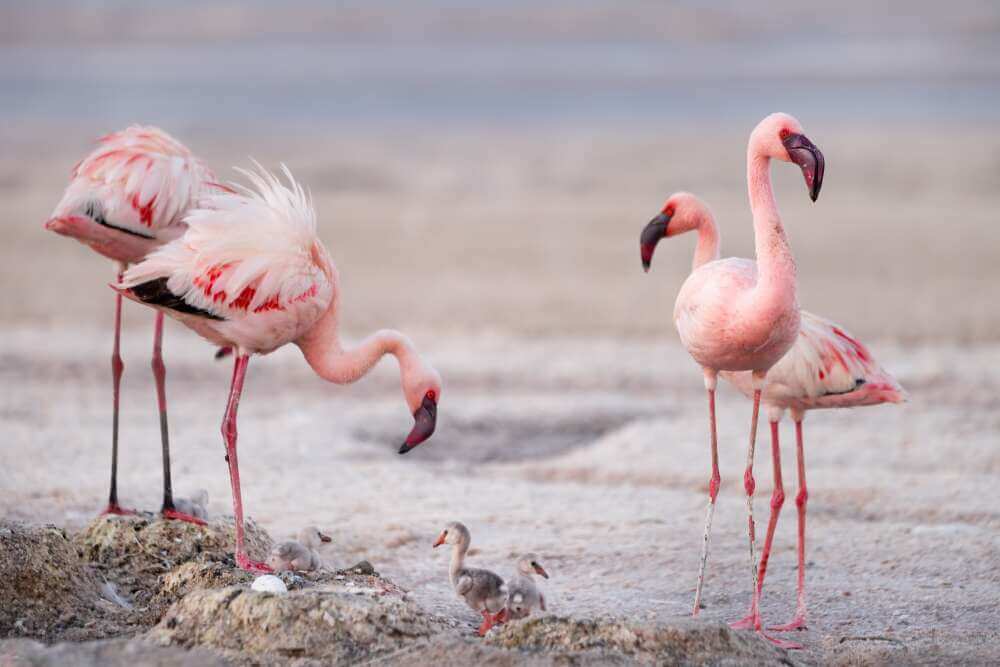
Bird Watching

Wildebeest Migration
- Filming
- Philanthropy
- Home
- Destinations

Serengeti National Park

Ngorongoro Crater

Tarangire National Park

Lake Manyara National Park

Arusha National Park

Zanzibar Island
- Safaris

3 Days Serengeti and Lake Manyara

5 Days Wildlife Tanzania Safari

6 Days Tanzania
Safaris
12 Days Tanzania Safaris & Migration
- Trekking

Mountain Kilimanjaro

Mount Meru

Oldonyo Lengai

Udzungwa Mountain
- Cultural Tours

Maasai Tribe

Hadzabe Tribe

Datoga Tribe

Blacksmith
- Activities

Balloon Safari

Walking Safari

Bird Watching

Wildebeest Migration
- Filming
- Philanthropy
Serengeti National Park
Introduction
About Serengeti National Park
Serengeti National Park is a World Heritage Site and UNESCO Biosphere Reserve, renowned globally for its vast landscapes and unparalleled wildlife. Situated between the Maasai Mara Reserve in Kenya to the north, the Ngorongoro Conservation Area to the southeast, and extending nearly to the shores of Lake Victoria to the west, Serengeti is Tanzania’s third-largest national park, covering 14,763 sq. km. Only Nyerere and Ruaha National Parks in southern Tanzania are larger.
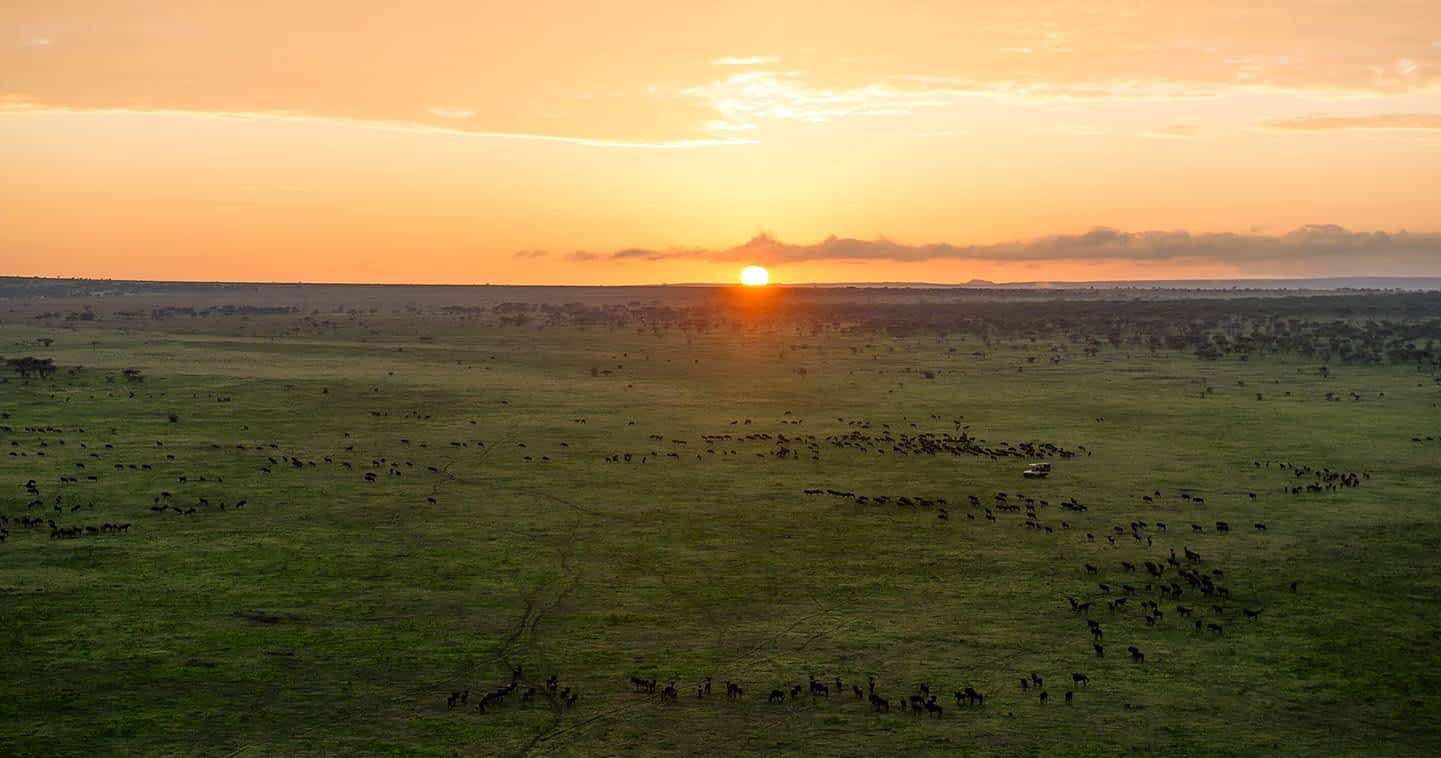
Aptly Named Endless Plains
The name Serengeti is derived from the Maasai word “Siringet,” meaning “endless plains.” This vastness is immediately evident upon entering the park from the southeastern plains near the Ngorongoro highlands. Serengeti was declared a protected area in 1921 and gazetted as a national park in 1951, making it the oldest national park in Tanzania and one of the most famous wildlife reserves in the world.
Rich Wildlife and the Great Migration
According to the Tanzania National Parks website, Serengeti is home to the world’s largest populations of wildebeest, zebra, Cape eland, lion, cheetah, hyena, and gazelles. It is also the site of the world's last remaining large mammal migration, the Great Serengeti Migration, which is recognized as one of the Seven Natural Wonders of Africa.
The Serengeti Migration
The Great Migration is an endless movement of wildebeest and other migratory animals within the Serengeti ecosystem, dictated by rainfall and the availability of water and fresh pastures. The migration follows a consistent clockwise pattern every year, with slight variations depending on the weather.
The main wildebeest migratory population covers an area of 25,000 sq. km within the Serengeti ecosystem, of which about two-thirds is protected within Serengeti National Park, the Ngorongoro Conservation Area, and the Kenya Maasai Mara National Reserve. The remainder lies in adjacent areas bordering the Serengeti, including the Loliondo Game Controlled Area, Maswa Game Reserve, and Grumeti and Ikorongo Game Reserves in Tanzania. The migration typically stays in Tanzania for at least nine months, from November to August.
Most migratory animals move into the Maasai Mara National Reserve in Kenya by September but return to northern Tanzania and the Serengeti ecosystem in November.
The southeastern Serengeti plains and the open woodlands around Lakes Ndutu and Masek become a busy holding ground for vast herds of migratory animals, primarily wildebeest. This period is crucial for breeding and re-grouping, especially during the calving season in February and March. Ndutu, located within the Ngorongoro Conservation Area, is a vital part of the Serengeti ecosystem, serving as the primary calving ground.
The long rains create a perfect habitat for migratory animals to roam the Serengeti plains before they start fanning out into areas with permanent water and pastures. The most impressive migratory event is the mass movement off the Serengeti plains at the beginning of the long dry season, typically in May and June. Lines of wildebeest, sometimes stretching up to 40 km long, can be seen heading southwest, north, or west.
The migration lingers in the Western Corridor towards the Lake Victoria area, before moving north and northeast in search of fresh pasture and water. The Grumeti riverine system in western Serengeti forms a critical migration route during the early dry season.
Year-Round Game Viewing
Wildebeest Migration
While Serengeti offers excellent game viewing throughout the year, the Great Migration adds a special dimension to the park. The migration’s cyclical pattern ensures that each visit to Serengeti presents a unique and unforgettable wildlife spectacle.
Get to know
African Remotes Explorer is a specialist tour operator based on Arusha – Tanzania in a rural remote area. company is entirely owned and operated by local indigenous Tanzanian.




